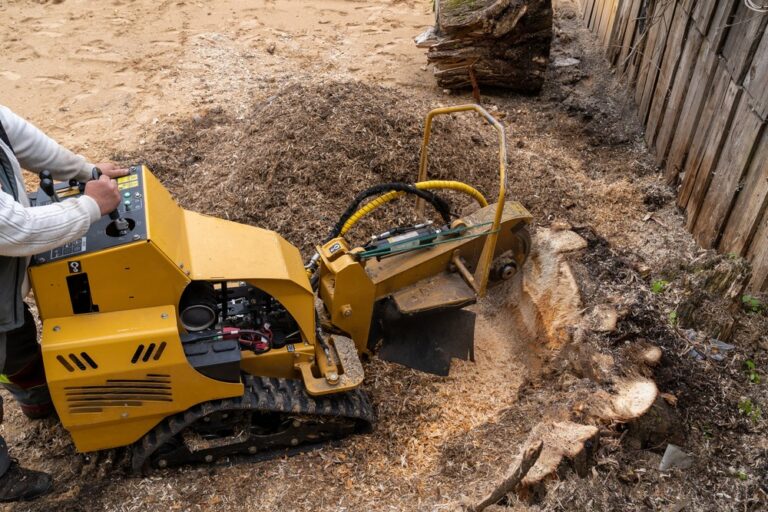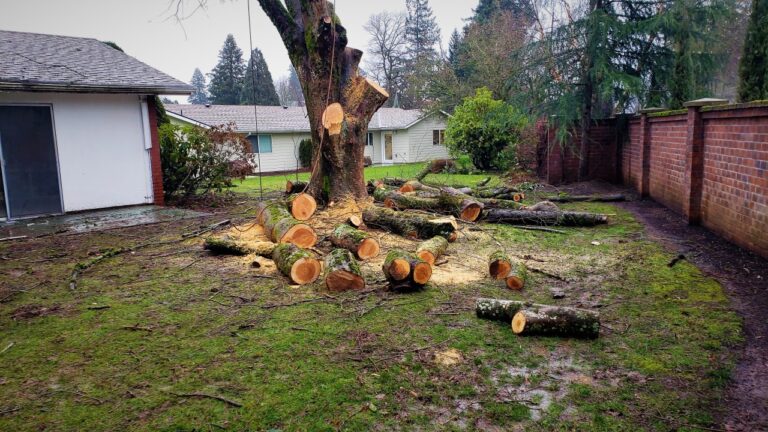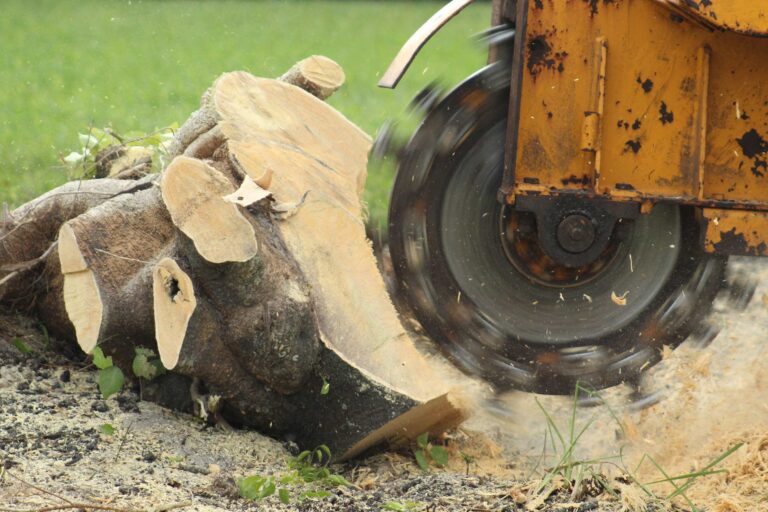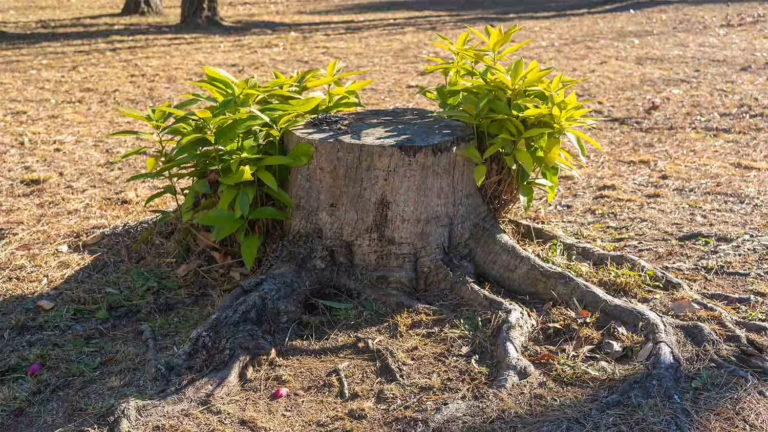Maintaining a healthy garden requires more than just regular watering and tending to the plants. Tree root removal is an often overlooked aspect of garden maintenance that plays a crucial role in ensuring the vitality and longevity of your garden. Understanding the importance of tree root removal, the process involved, and the impact it can have on your garden will help you make informed decisions in caring for your green paradise.
Understanding the Importance of Tree Root Removal
Tree roots are an integral part of a garden ecosystem, providing support, stability, and nutrients to the plants. They act as anchors, preventing soil erosion and maintaining the structural integrity of the surrounding area. Additionally, tree roots absorb water and essential minerals from the soil, distributing them to nearby plants. However, certain circumstances necessitate the tree root removal to protect the health and well-being of your garden.
The Role of Tree Roots in a Garden
Tree roots serve as conduits for water and nutrients, creating an interconnected network that benefits the entire ecosystem. They establish symbiotic relationships with fungi, enabling a mutually beneficial exchange of resources. Furthermore, tree roots act as a pathway for air circulation and facilitate the breakdown of organic matter, contributing to a rich and fertile soil environment.
Moreover, tree roots play a crucial role in preventing soil erosion by holding the ground together with their intricate network. This helps maintain the stability of slopes and prevents landslides, particularly in areas prone to heavy rainfall or strong winds. The presence of tree roots also promotes biodiversity by creating microhabitats for various organisms like insects, earthworms, and microorganisms, enhancing the overall health of the garden ecosystem.
Potential Dangers of Ignoring Tree Root Removal
While tree roots are vital for garden health, they can also cause significant damage if left unattended. As tree roots grow, they can exert pressure on underground structures such as pipes, drains, and foundations. This can lead to costly repairs and disruptions to your garden. Moreover, invasive tree roots can compete with other plants for resources, stunting their growth and compromising the overall aesthetic appeal of your garden.
Additionally, tree roots have the potential to disrupt hardscapes like pathways, driveways, and patios as they expand in search of water and nutrients. This can create tripping hazards and uneven surfaces, posing a safety risk to individuals navigating the garden. In some cases, tree roots can even infiltrate building foundations, causing structural damage and compromising the stability of the entire property. Addressing tree root removal in a timely manner is essential to prevent these issues and preserve the integrity of your garden and surrounding structures.
The Process of Tree Root Removal
Identifying problematic tree roots is the first step in the tree root removal process. Look for signs such as uneven soil, cracking pavement, or trees that have become unstable. Once identified, various tools and techniques can be employed to safely and effectively remove the tree roots.
Tree root removal is a crucial aspect of maintaining the health and safety of your garden or landscape. In addition to causing structural damage, invasive tree roots can also compete with other plants for nutrients and water, leading to a decline in overall garden health. By addressing problematic tree roots promptly, you can prevent further damage and ensure the longevity of your green space.
Identifying Problematic Tree Roots
Regularly inspect your garden for signs of tree roots that may be causing damage. Pay attention to the presence of protruding roots or unusual soil patterns. Additionally, observe changes in plant health and growth patterns, as they can indicate underlying issues caused by invasive tree roots.
It’s essential to understand the root system of the trees in your garden to effectively identify problematic roots. Different tree species have varying root structures, with some trees developing deep taproots while others spread their roots closer to the surface. By familiarizing yourself with the typical root behavior of the trees in your area, you can better anticipate and address potential issues before they escalate.
Tools and Techniques for Tree Root Removal
When it comes to tree root removal, different tools and techniques can be used depending on the severity of the problem. For smaller roots, manual methods such as hand digging or root saws can be effective. However, for more extensive root systems, mechanical tools such as stump grinders or hydroexcavation may be required. It is essential to consult with professionals or arborists to assess the best approach for your specific situation.
Prior to initiating any tree root removal procedures, it’s crucial to consider the potential impact on the tree itself. Removing large roots indiscriminately can compromise the stability and health of the tree, leading to potential hazards such as uprooting during storms. Consulting with an arborist can help determine the most strategic root removal plan that minimizes risks to the tree while addressing your garden’s needs.
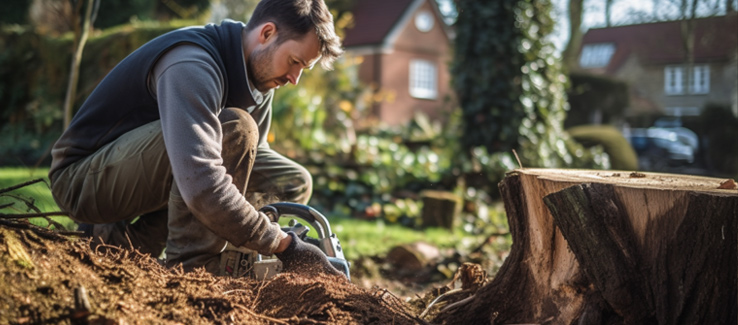
The Impact of Tree Root Removal on Your Garden
Tree root removal can have immediate effects on the health and aesthetics of your garden while also providing long-term benefits for its overall well-being.
When considering the impact of tree root removal on your garden, it’s essential to delve deeper into the intricate relationship between roots and soil. Tree roots play a crucial role in maintaining soil structure by preventing erosion and promoting aeration. However, when roots become invasive or overcrowded, they can hinder the growth of other plants in your garden.
Immediate Effects on Garden Health
Upon removing problematic tree roots, you will notice improved soil structure, allowing for better water drainage and nutrient absorption. The removal of invasive roots also reduces competition for resources, giving your plants a better chance to thrive. Additionally, the elimination of protruding roots can enhance the safety and usability of your garden space.
Furthermore, the act of removing tree roots can stimulate new growth and rejuvenation in your garden. With the removal of old, decaying roots, there is room for fresh, healthy roots to develop and support the flourishing of your plants. This process can invigorate your garden, leading to a more vibrant and robust landscape.
Long-Term Benefits for Your Garden
By addressing tree root issues promptly, you can prevent further damage and maintain the long-term health of your garden. Removing invasive roots prevents them from spreading and causing more significant problems down the line. Moreover, regular tree root removal can promote a more balanced and harmonious garden ecosystem, ensuring the longevity of your beloved plants.
It’s important to consider the broader ecological impact of tree root removal on your garden. By creating a healthier environment for your plants to thrive, you are also fostering biodiversity and attracting beneficial insects and wildlife. This interconnectedness within your garden can lead to a more sustainable and resilient ecosystem over time.
Preventing Future Tree Root Problems
While tree root removal is essential, taking proactive measures to prevent future problems can save you time, money, and unnecessary hassle.
Understanding the intricate relationship between trees and their root systems is crucial in maintaining a healthy garden ecosystem. Trees play a vital role in providing shade, oxygen, and habitat for wildlife, making it important to choose the right species for your garden.
Choosing the Right Trees for Your Garden
Before planting trees, consider their ultimate size and growth habits. Selecting trees that are well-suited to your garden’s space and soil conditions can help minimize the risk of invasive root systems. Research the growth patterns and root characteristics of different tree species to make informed decisions.
Furthermore, consider the environmental benefits that trees can offer, such as carbon sequestration and stormwater management. By selecting native tree species, you can enhance biodiversity and support the local ecosystem, creating a more sustainable and resilient garden environment.
Regular Maintenance and Inspection for Tree Roots
Establish a routine for inspecting your garden, paying close attention to any potential root issues. Regularly monitor the health and growth of trees, keeping an eye out for signs of root damage. Implementing preventive maintenance measures, such as root barriers or pruning back invasive roots, can mitigate future problems and ensure the continued well-being of your garden.
Additionally, consider incorporating mulching around trees to improve soil health and moisture retention, which can benefit both the trees and their root systems. Proper watering and fertilization practices can also promote strong root development and overall tree vitality, reducing the likelihood of root-related issues in the future.
Hiring Professionals for Tree Root Removal
While some tree root removal tasks can be handled independently, certain situations may call for professional assistance. Removing tree roots can be a challenging and labor-intensive task, especially when dealing with large trees or intricate root systems.
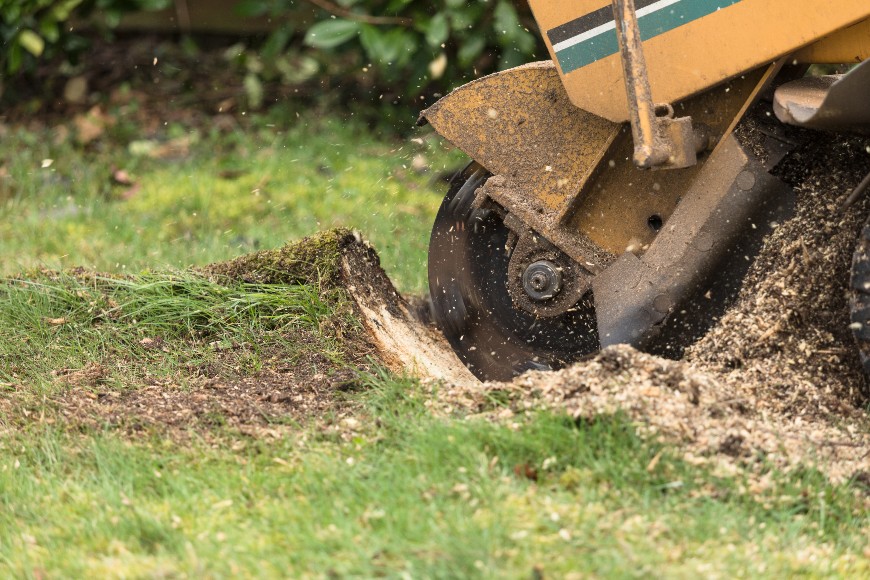
Tree roots are essential for the health and stability of a tree, as they provide anchorage and absorb water and nutrients from the soil. However, invasive roots can cause damage to underground utilities, foundations, and hardscapes, leading to costly repairs if left unchecked.
When to Consider Professional Help
If you are dealing with large trees, extensive root systems, or complex gardening structures, seeking professional help is highly recommended. Trained arborists and tree root removal services have the expertise, specialized tools, and knowledge to effectively remove tree roots without causing further damage to your garden.
Professional tree root removal services use techniques such as root pruning, trenching, and air excavation to safely and efficiently remove tree roots. They can also provide recommendations for tree replacement or alternative landscaping options to prevent future root issues.
Selecting a Reliable Tree Root Removal Service
When choosing a tree root removal service, consider their experience, reputation, and qualifications. Seek recommendations from trusted sources and verify that they are properly licensed and insured. Request a detailed estimate for the work to be done and ensure the service provider understands your specific needs and concerns.
It is important to communicate openly with the tree root removal service about any potential obstacles or sensitive areas in your garden to avoid any unexpected complications during the removal process. By working with experienced professionals, you can ensure that the tree roots are removed safely and effectively, preserving the health and aesthetics of your garden.
In conclusion, tree root removal is an essential aspect of garden maintenance that should not be overlooked. Understanding the role of tree roots in a garden, the potential dangers of ignoring their removal, and the process involved will enable you to make informed decisions regarding your garden’s well-being. By taking care of tree root issues promptly and implementing preventive measures, you can create a thriving and beautiful garden for years to come.
Related: Effective tree cutting techniques for a healthy landscape.


